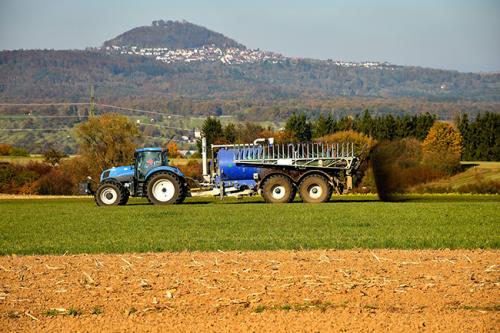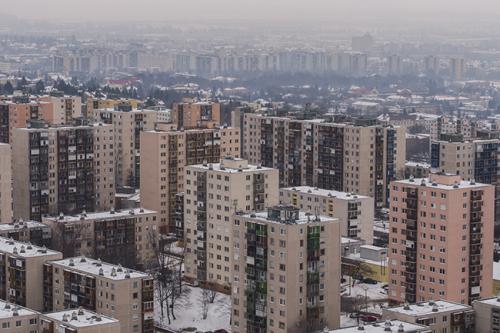Toxic air in Europe
The concentrations of air pollutants are generally falling in Europe. But paradoxically enough, the health effects of air pollution are a bigger issue today than they were 20-30 years ago.
This is largely due to the fact that more research, more sophisticated statistical methods and more powerful computers have made it possible to identify links between exposure to air pollutants and a variety of effects on human health even at levels that had previously been considered safe.
The biggest problems from the health perspective are fine particles (PM), ground-level ozone (O3), and nitrogen dioxide (NO2).
Current levels of air pollution cause severe health impacts in the European Union, resulting in nearly half a million premature deaths each year, increased hospital admissions, extra medication, and millions of lost working days. Additionally, there is widespread and significant damage to ecosystems, agricultural crops, modern materials, and our cultural heritage.
The annual cost to society of health impacts alone from fine particles and ozone for the year 2010 has been estimated at between 330 and 940 billion euro in the 28 member states of the EU.
Fine particles
A large number of studies conducted in both the US and Europe have shown that when the concentration of small particles in air rises, even from low levels, there is a rise in mortalities due to respiratory, cardiac and circulatory diseases, and more people seek hospital care for bronchitis and asthma.
Even exposure to low levels for long periods is considered harmful and believed to reduce life expectancy.
Using the pollution levels for the year 2000, it has been estimated that exposure to PM2.5 results in an average shortening of statistical life expectancy of more than eight months in the EU, equivalent to 3.6 million life years lost annually. Under current legislation, by 2020 this figure comes down to about 5.5 months (equivalent to 2.5 million life years lost).
Loss in statistical life expectancy that can be attributed to anthropogenic contributions to PM2.5 (months). For the emission levels in the year 2000 (left), and for two projected emission levels for 2020: Current legislation (CLE; centre) and Maximum Technically Feasible Reduction (MTFR; right). For details and country-by-country figures, see factsheet (pdf).
Ground-level ozone
Ozone is a powerful oxidant and can give rise to eye irritations and irritations of the airways that lead to a reduction in lung capacity.
When concentrations rise, even from relatively low levels, the need for increased medication of asthmatic children and increased mortality are among the observed effects. Long-term exposure, even to relatively low concentrations, can lead to permanent lung damage.
Check the level where you live! Find four day air quality forecast: European air quality forecast plots( external link) Find out the level of ozone pollution in your area or in any other place in Europe: Live map by EEA (external link) |
Other harmful pollutants
Pollutants such as sulphur dioxide, nitrogen dioxide and volatile organic compounds (including benzene) can occur at harmful levels locally and/or under unfavourable weather conditions. In urban environments, road traffic is usually the dominant source of harmful air pollutants.







